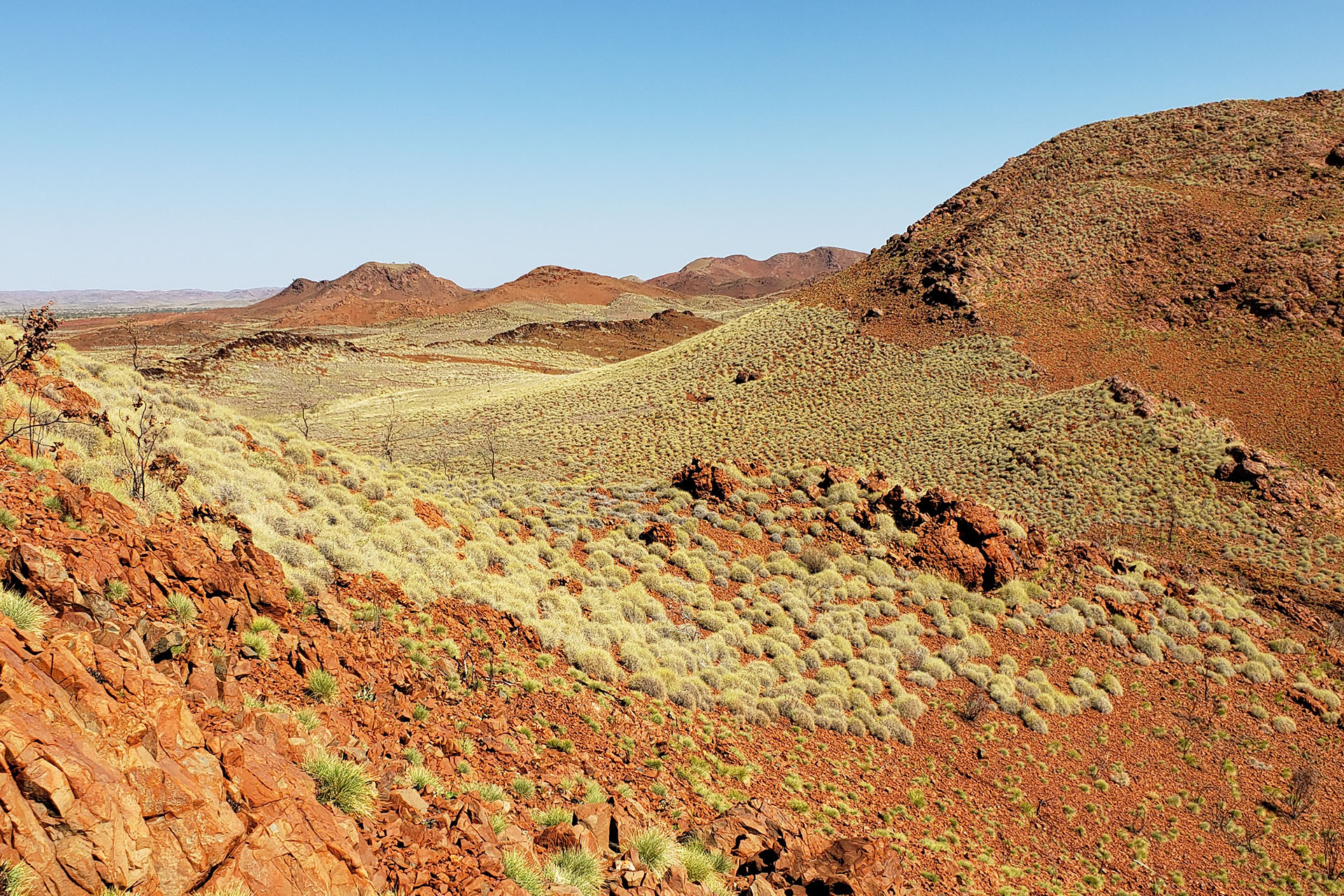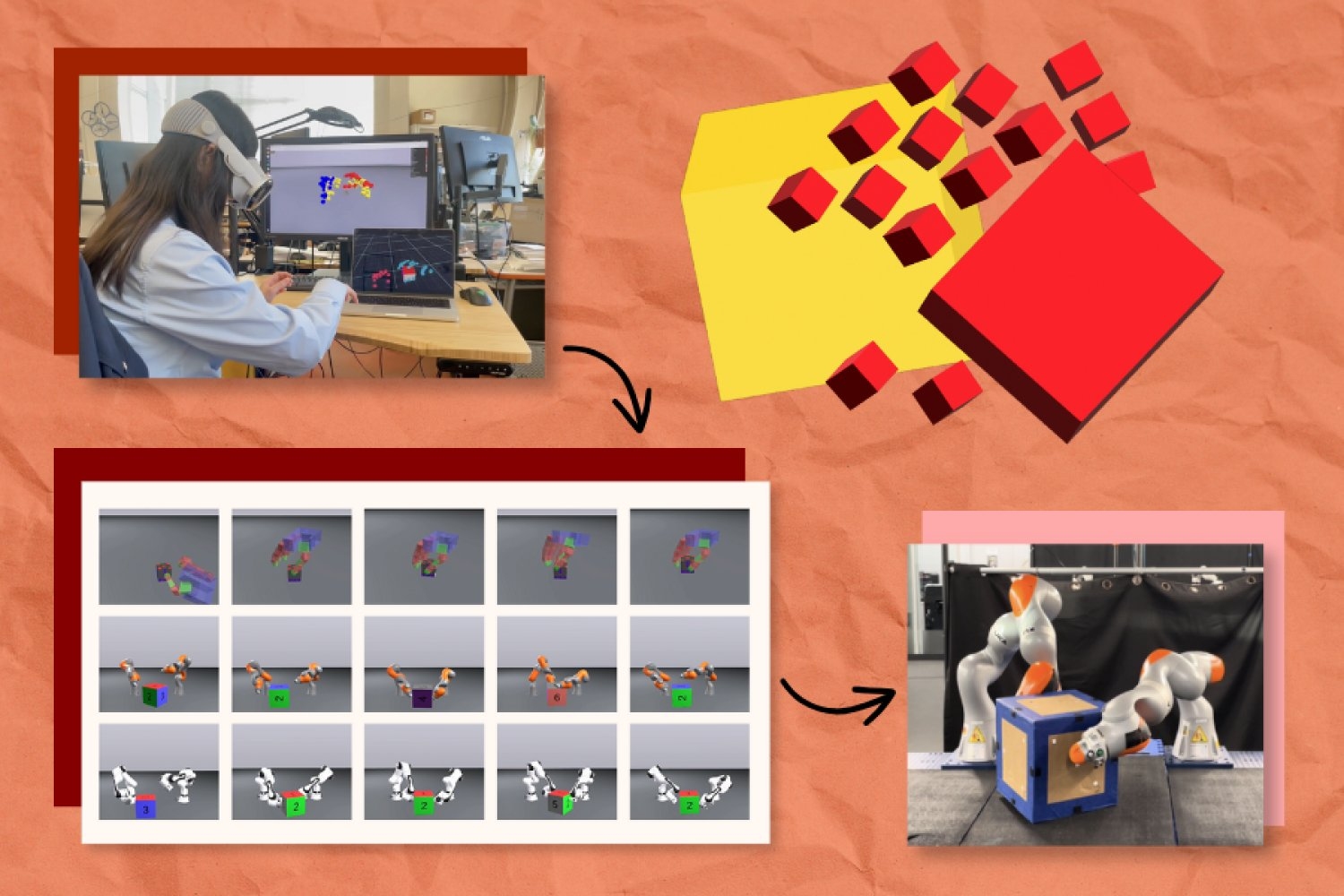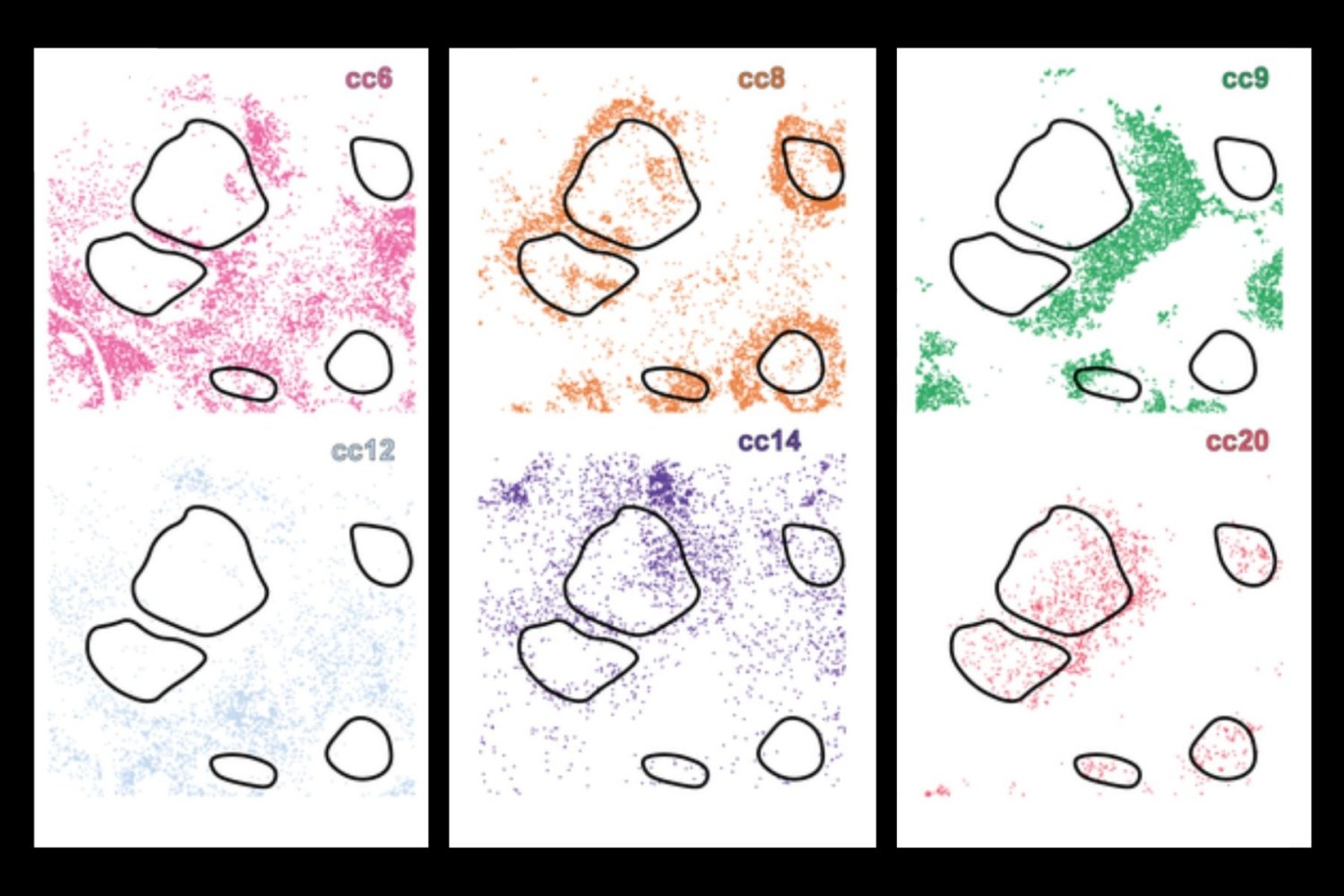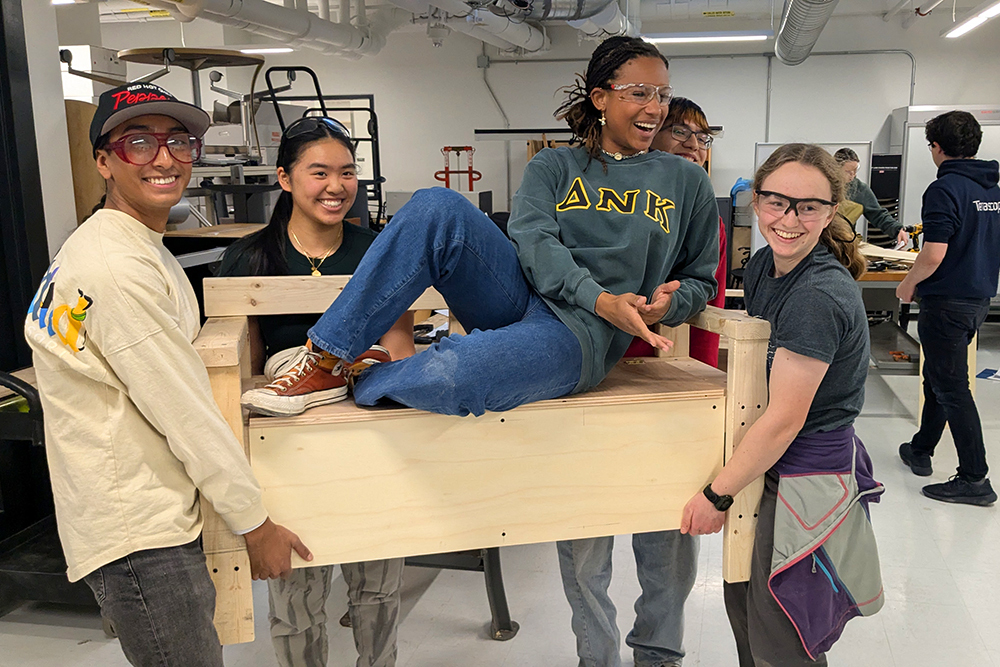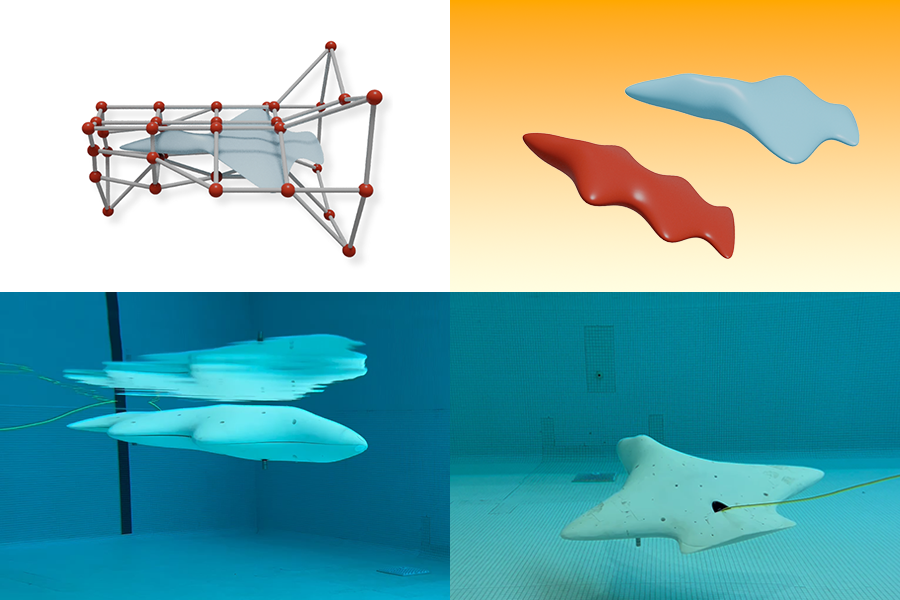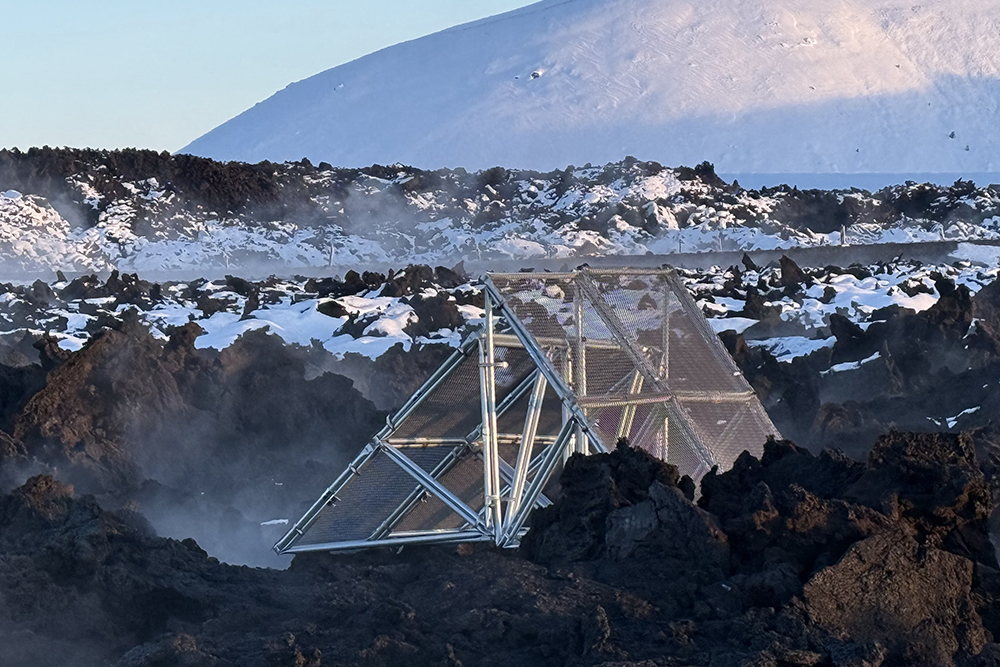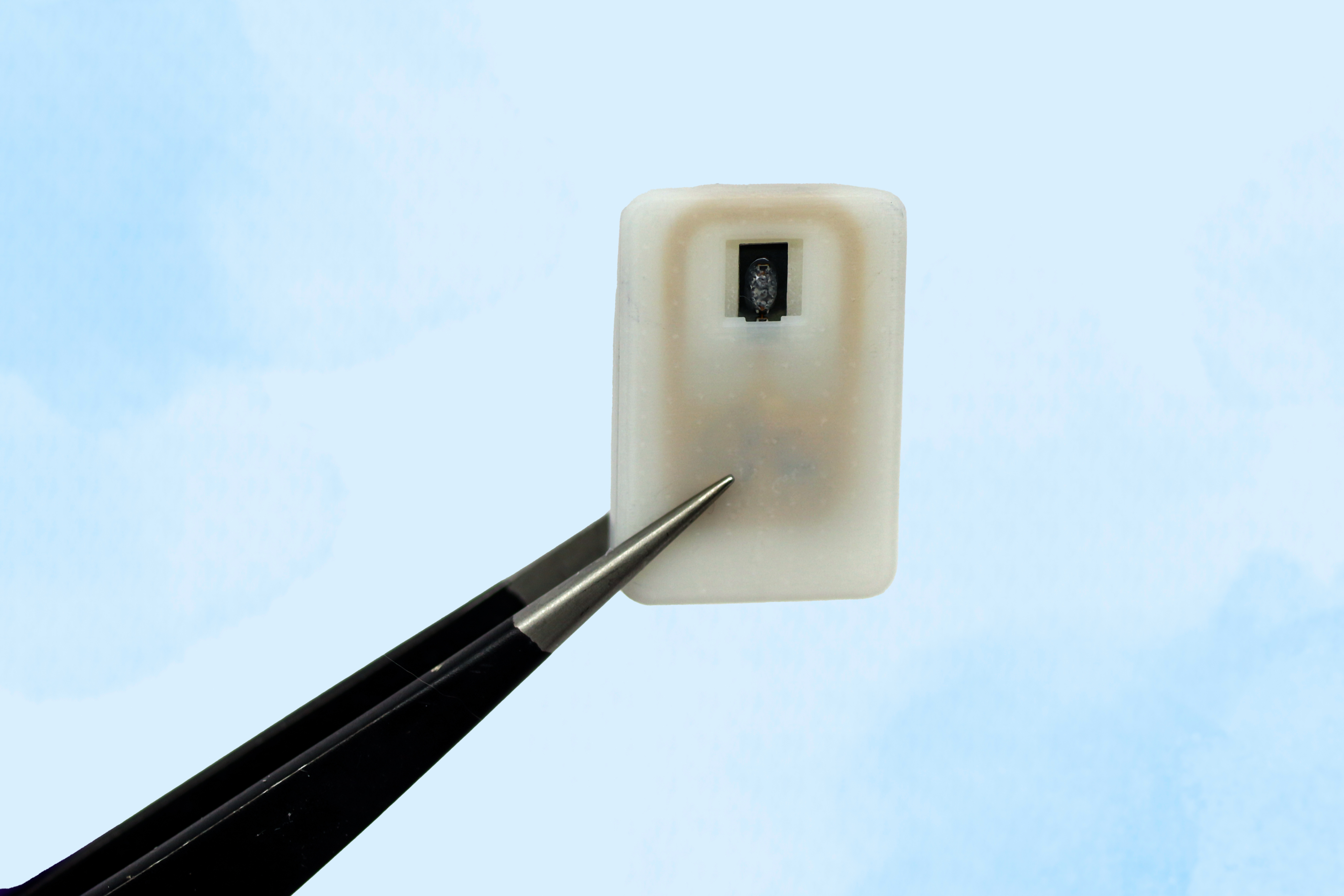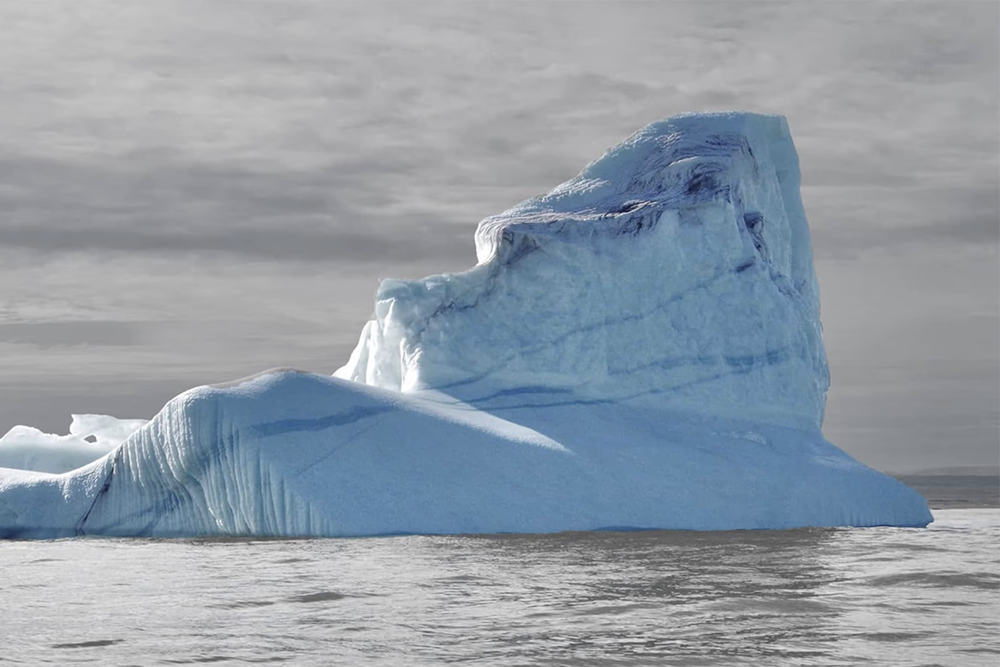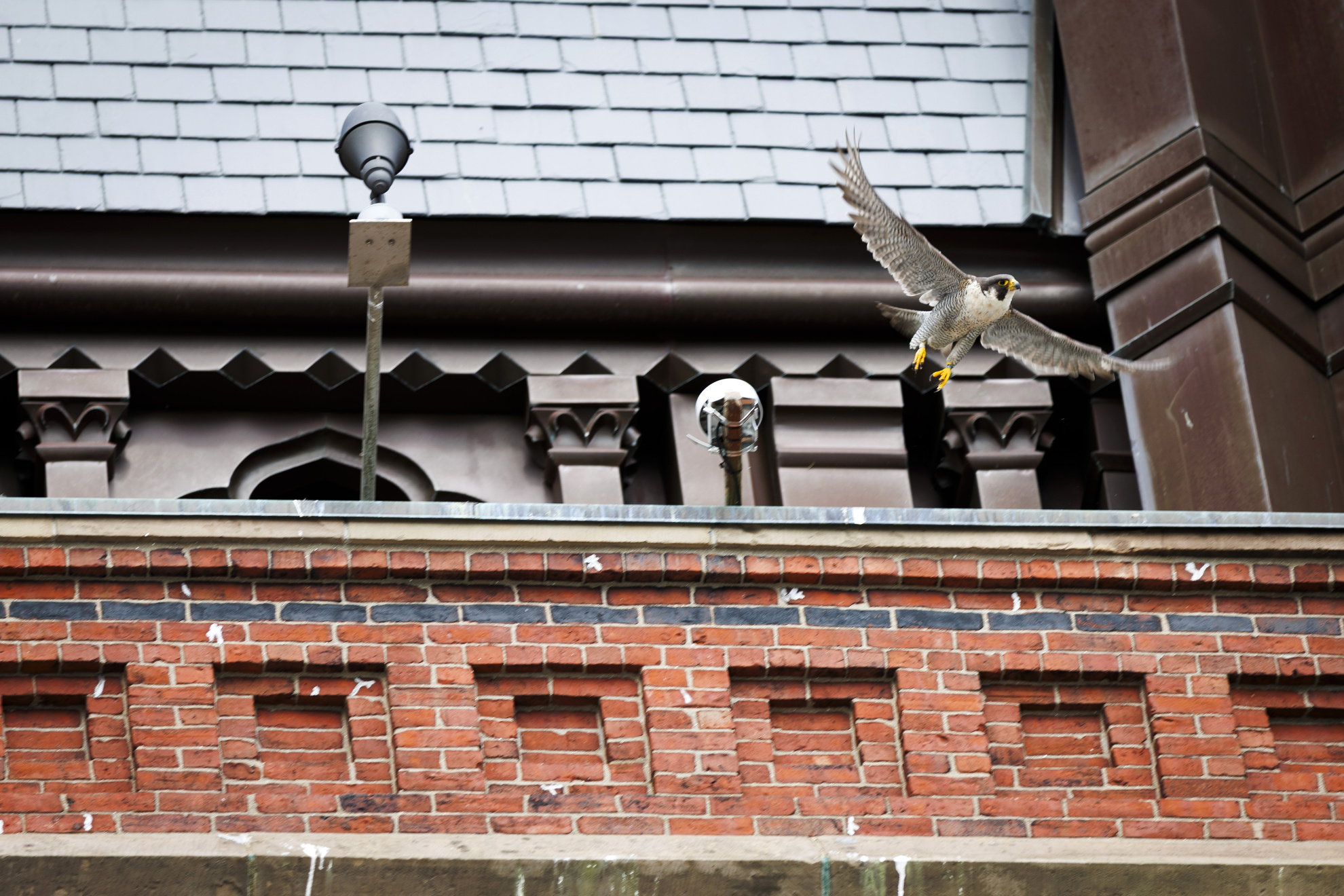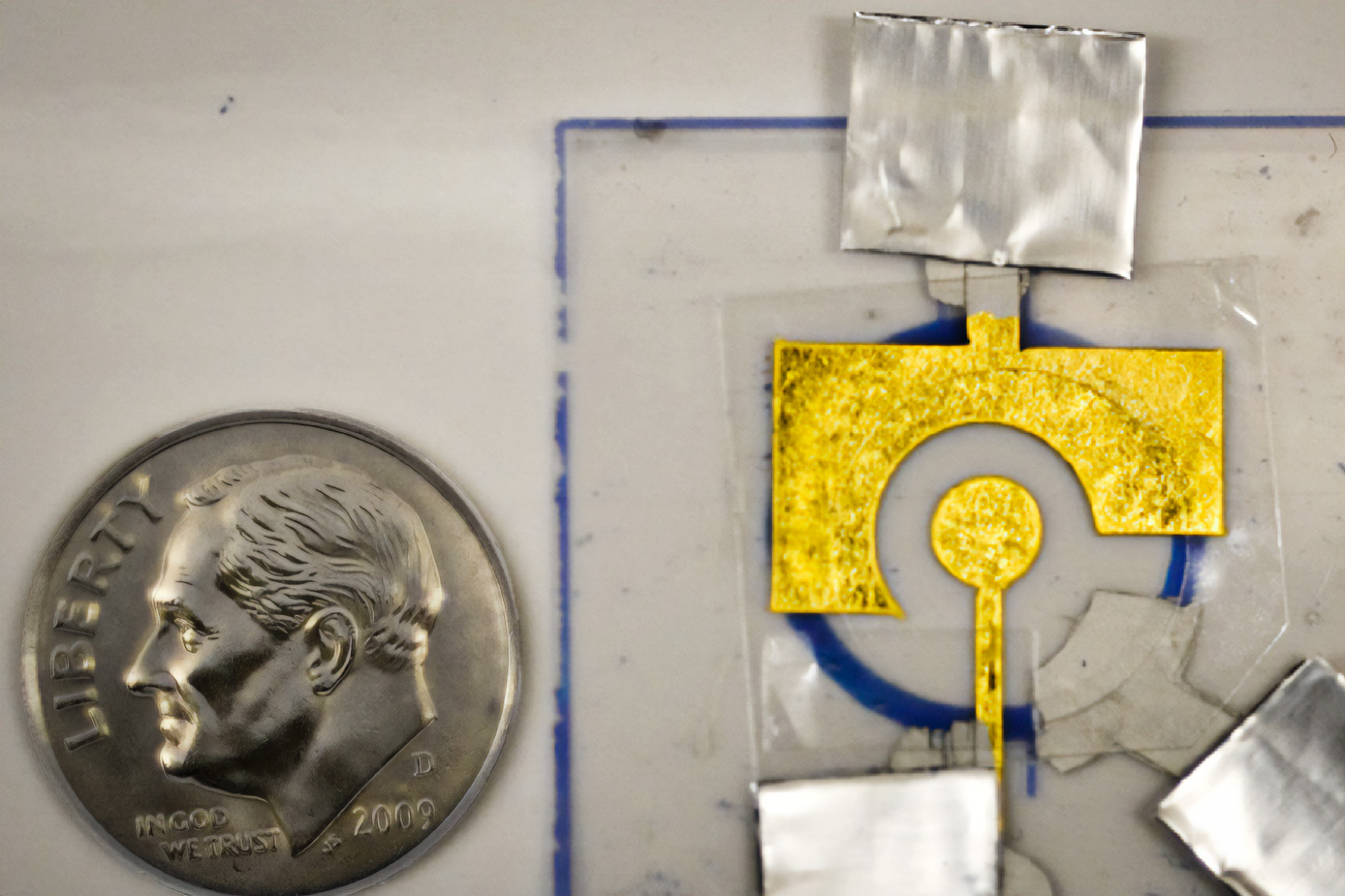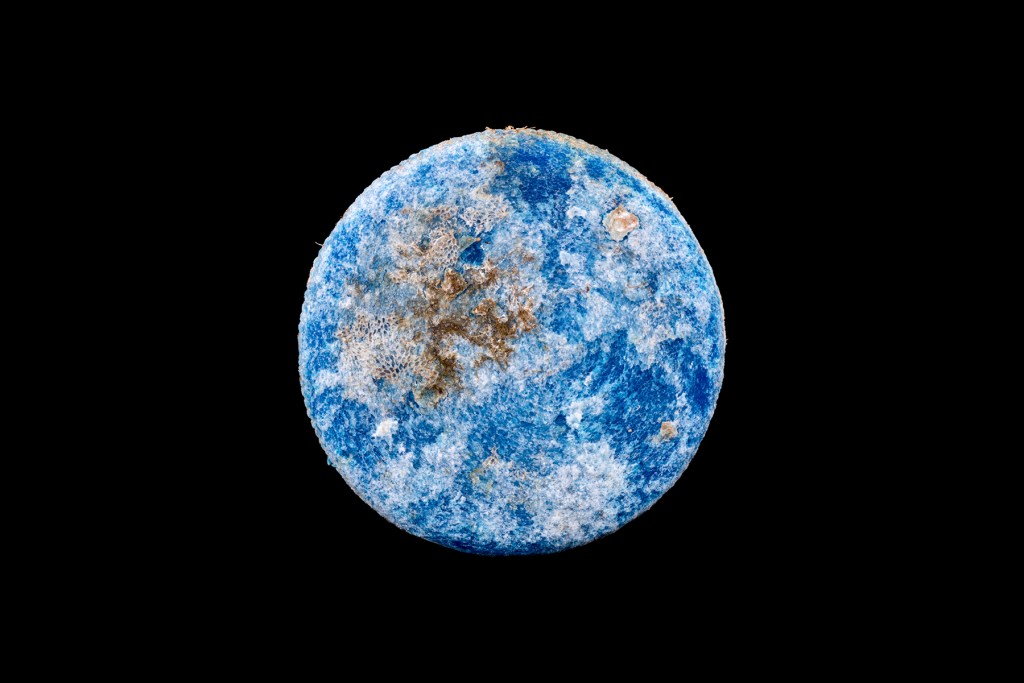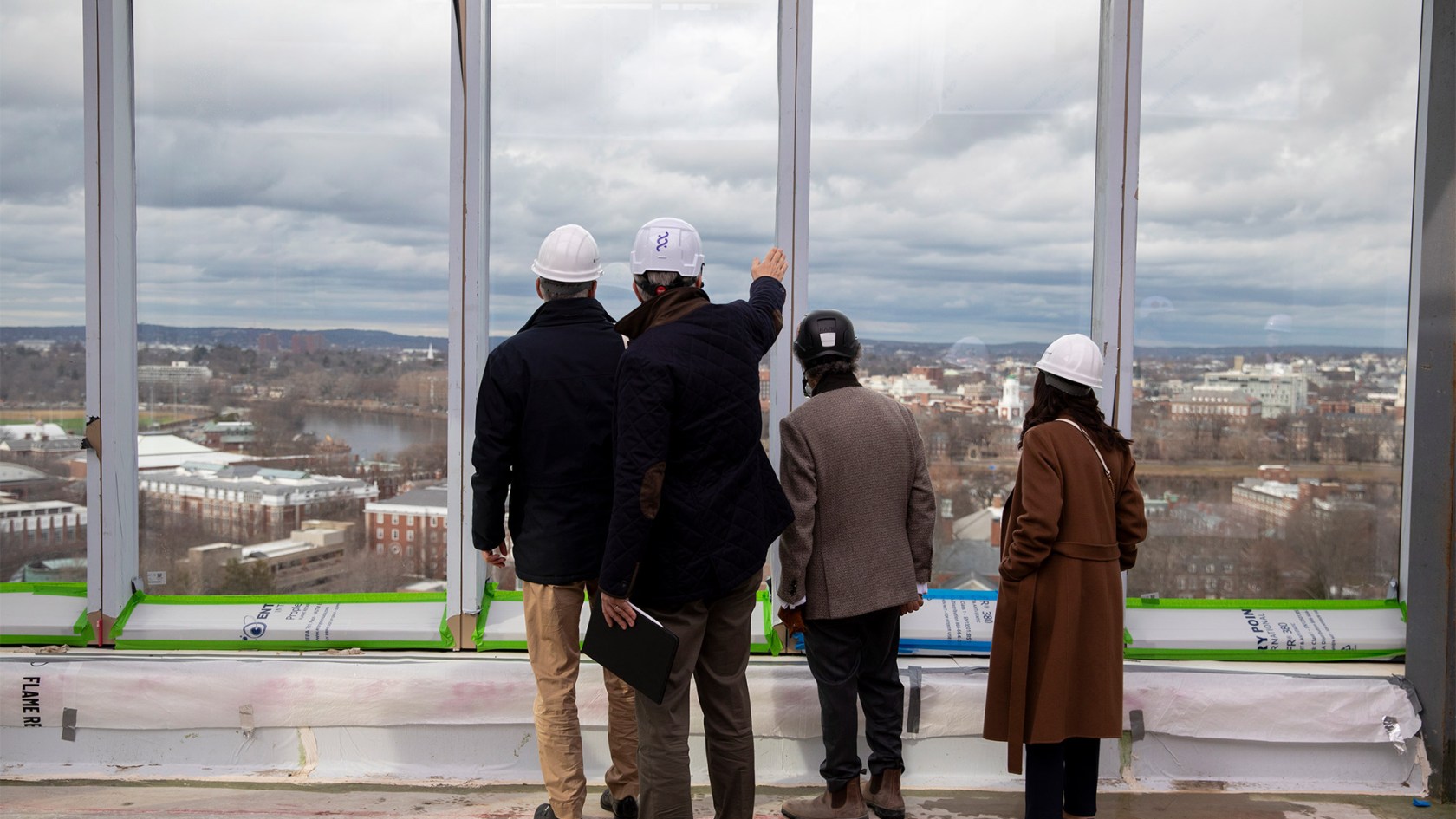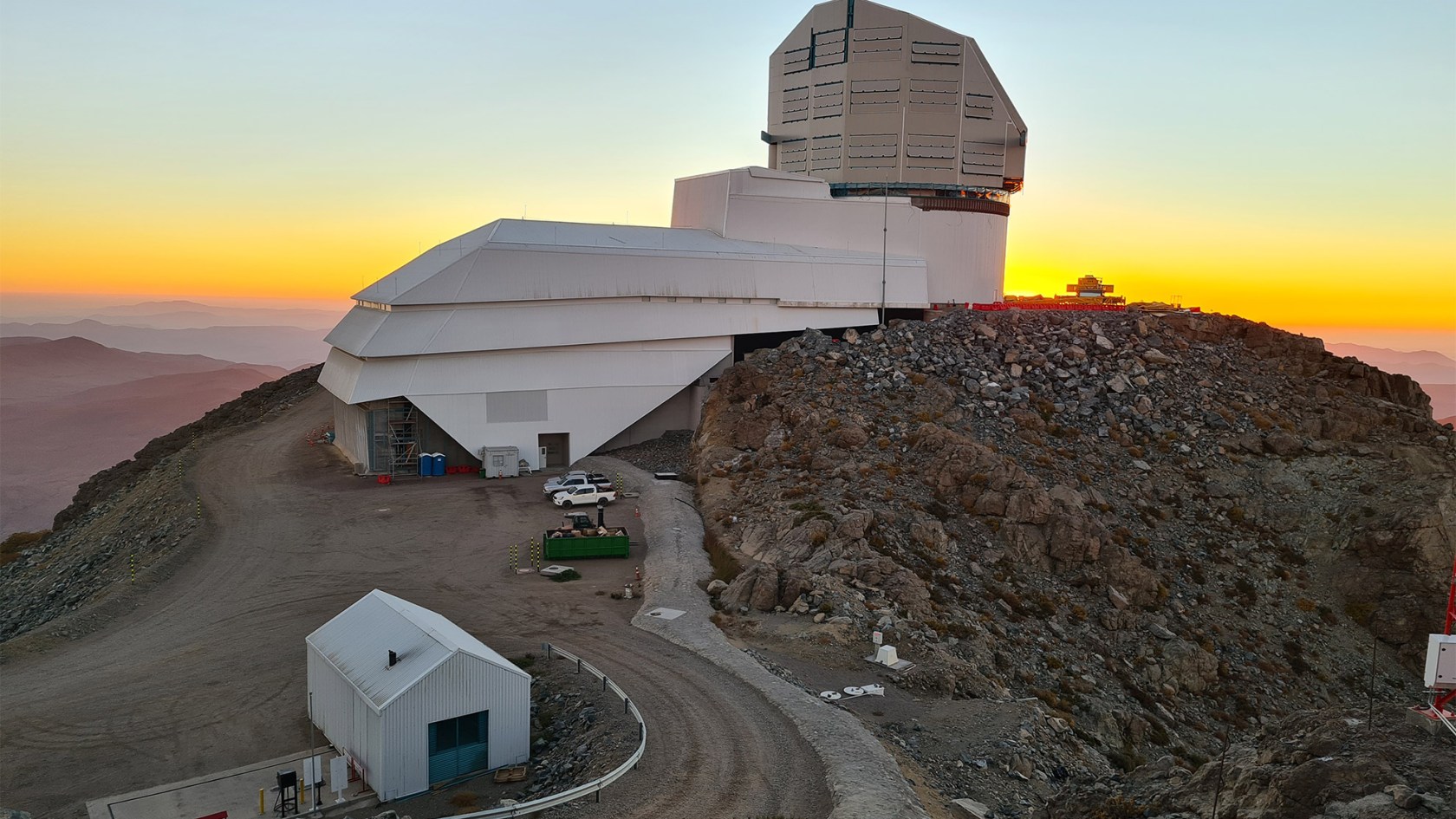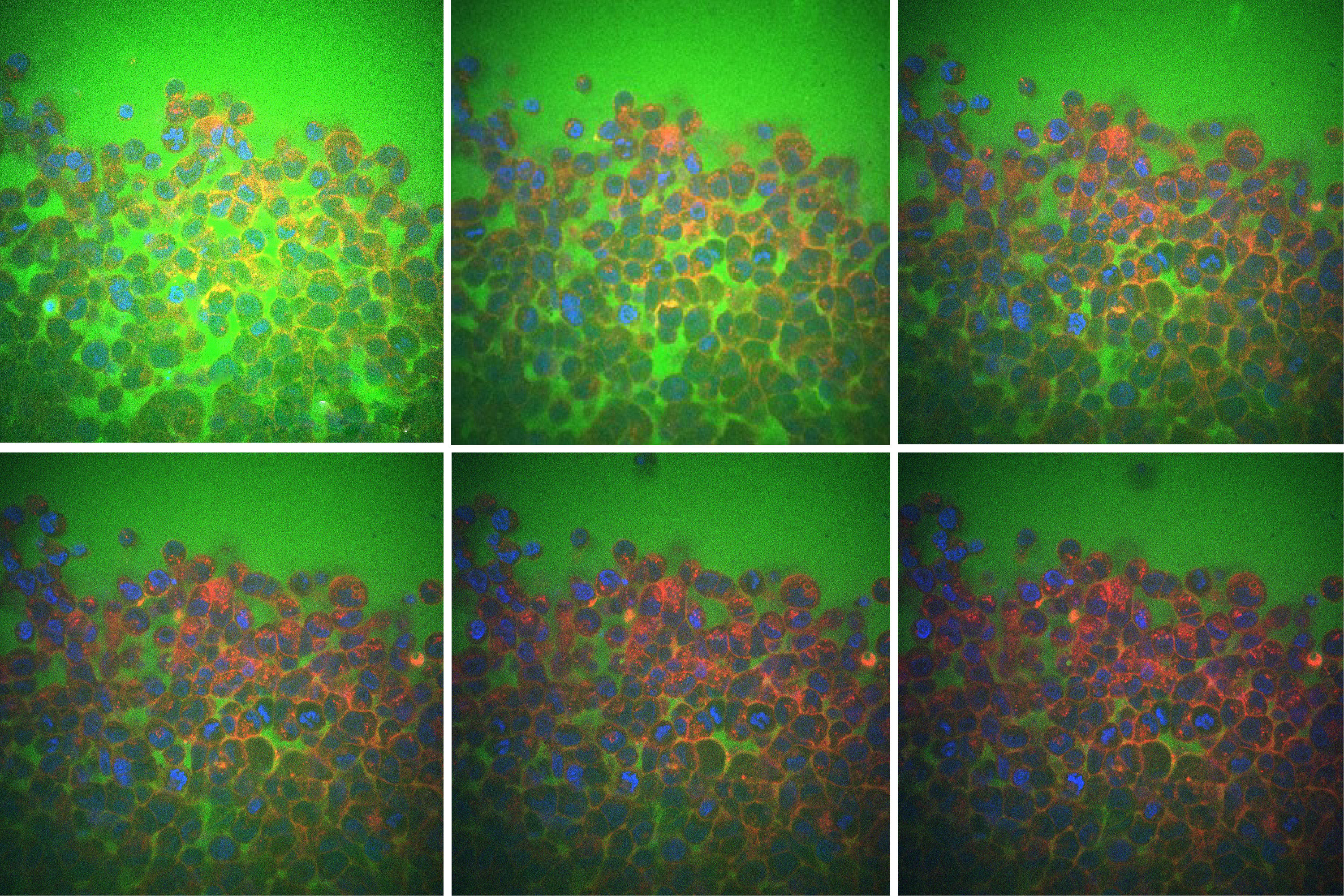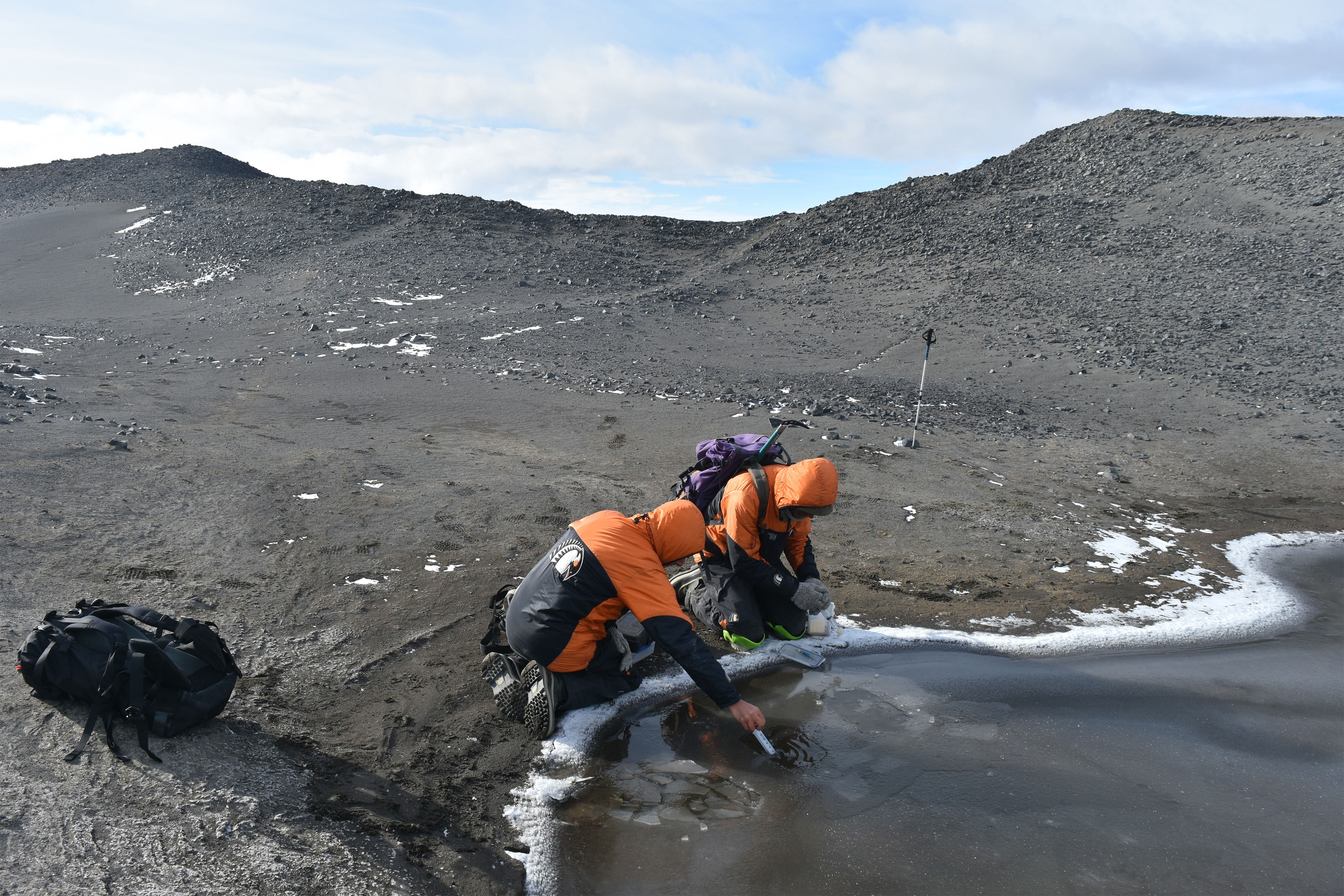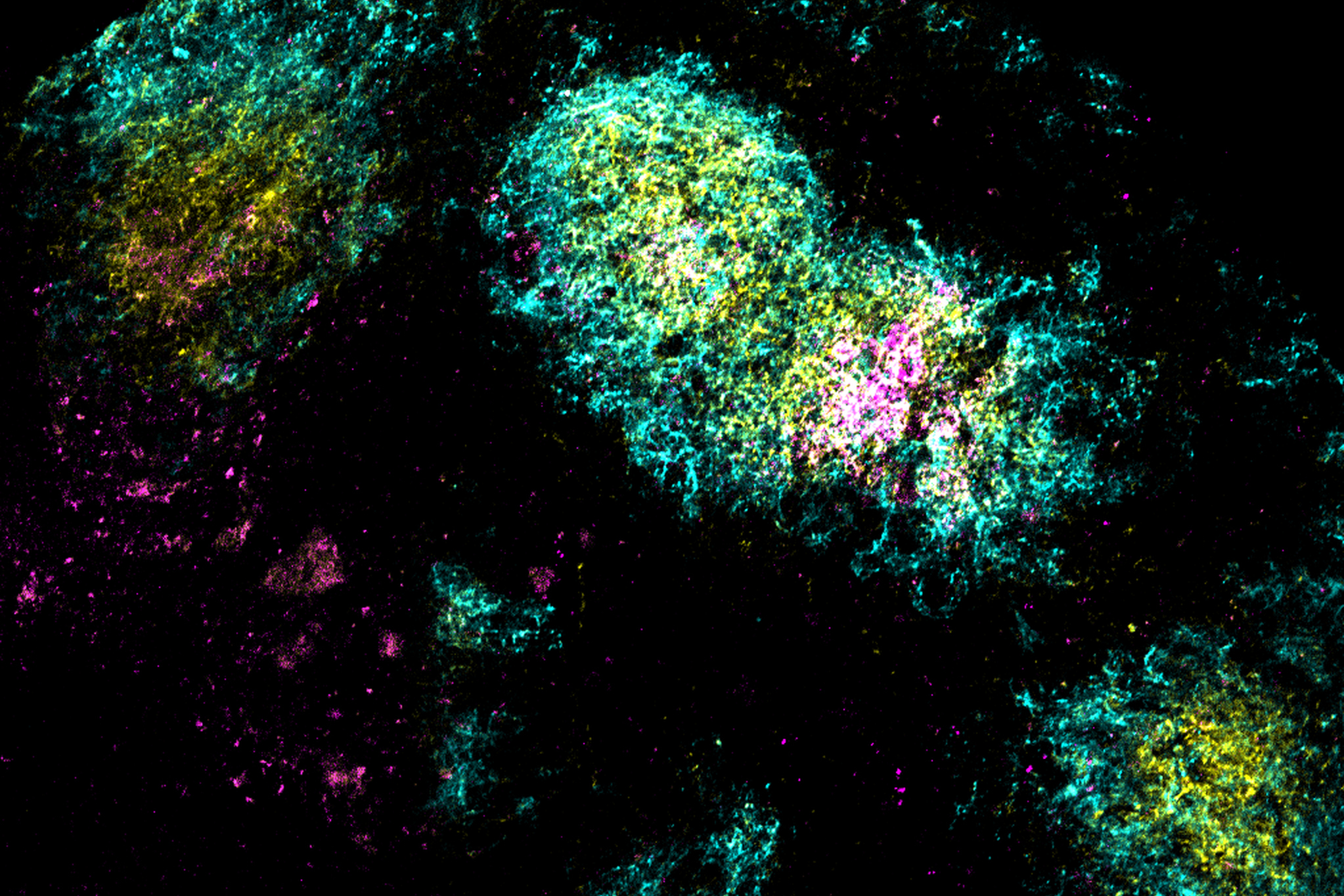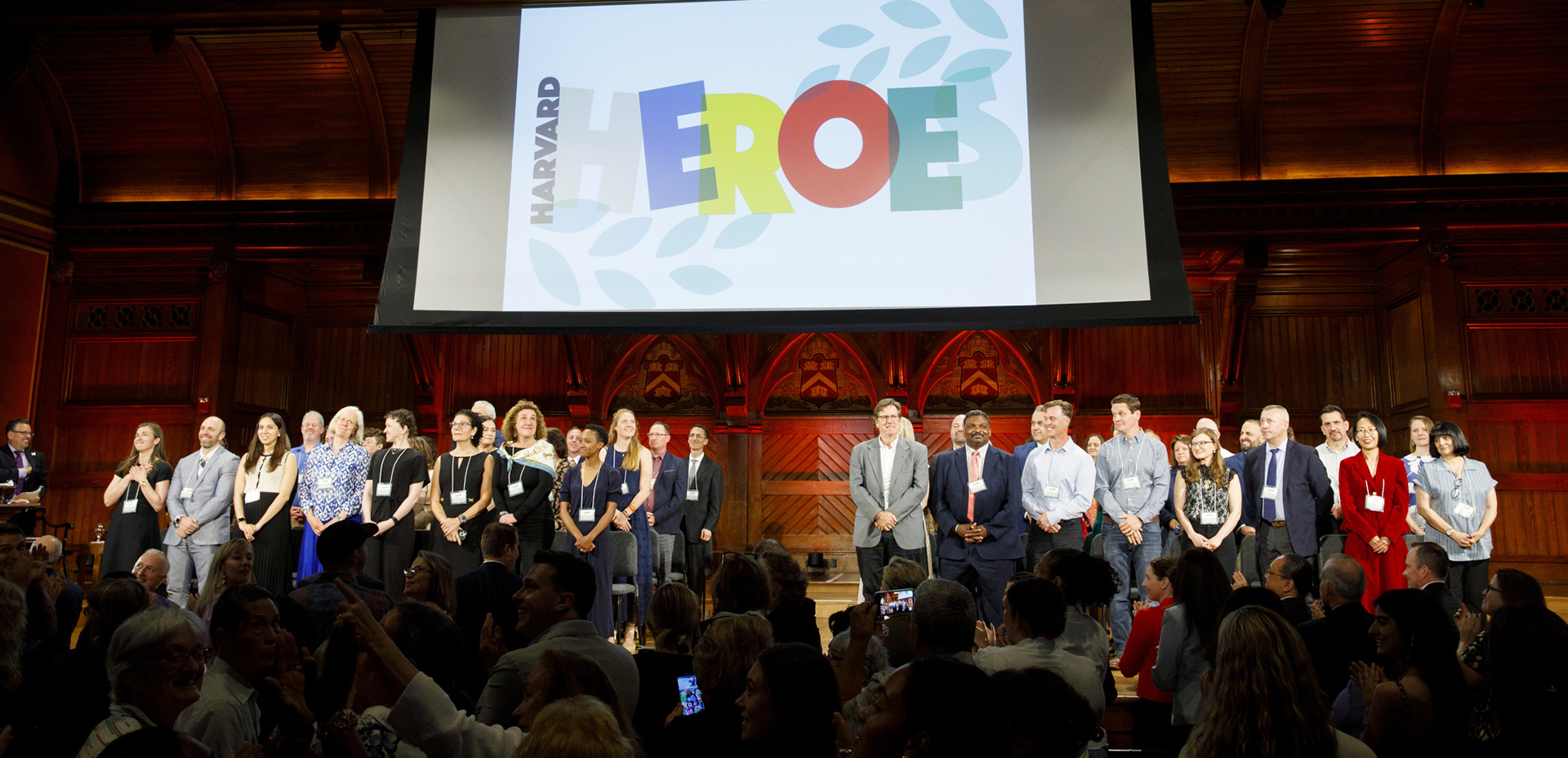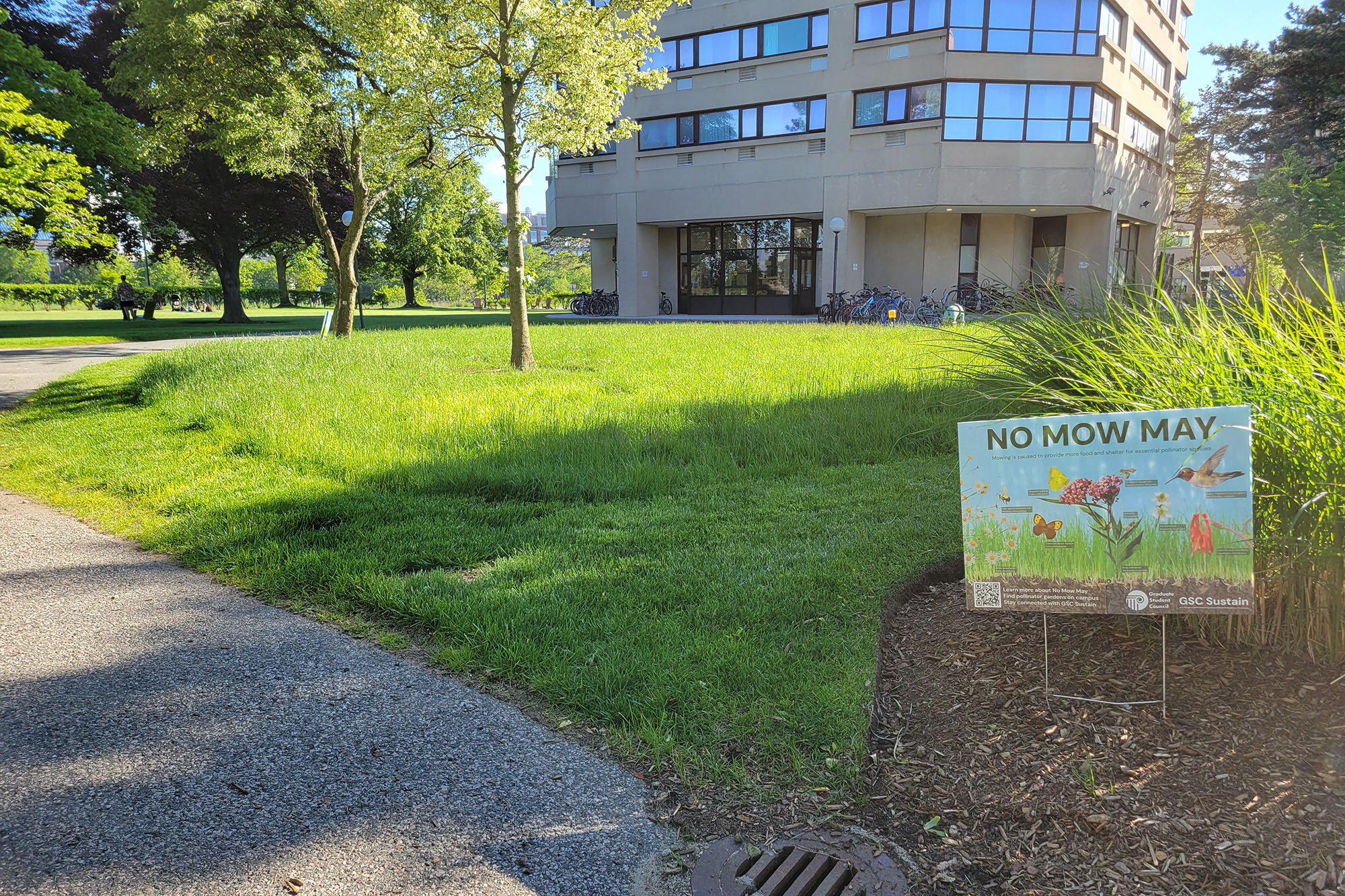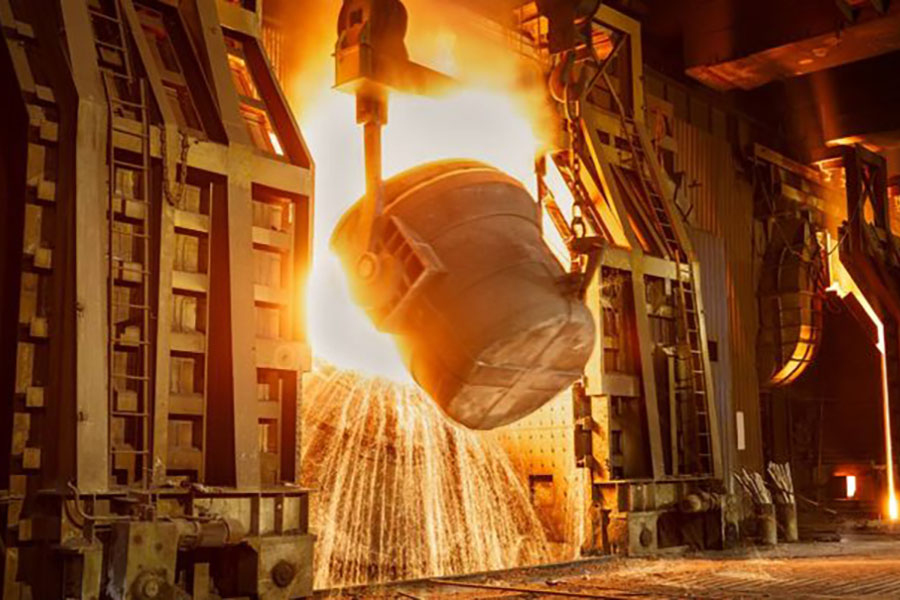Hot dispute over impact
Hot dispute over impact

Pilbara Craton, Australia.
Field photos courtesy of Alec Brenner
Kermit Pattison
Harvard Staff Writer
Harvard team argues oldest meteorite strike to Earth may be more recent, smaller than claimed; site may offer hints on asteroid craters, life on Mars
Sometime early in the history of life on Earth, a meteor at least 1 kilometer wide came screaming through the atmosphere and slammed into what is now Western Australia. The impact likely unleashed a cataclysm — a fireball estimated to be more than 8 miles wide with an energy 2,000 times greater than the largest nuclear blast.
But the age and size of that impact remains a hot topic of dispute. Earlier this year, a team of Australian scientists reported that the meteorite hit 3.5 billion years ago — making it the oldest impact site on Earth — and left behind a crater up to 62 miles wide.
Now a new study by Harvard geologists reports that the event was smaller and more recent. In a paper published July 9 in Science Advances, the team asserts that the meteorite hit no more than 2.7 billion years ago and left a crater only about 10 miles wide.
The findings will fill a gap in our understanding of the planet’s history. But the Harvard researchers also say the site, which has some geological features similar to Mars, could offer insight into questions about asteroid impacts on the red planet and the potential effects on any life that might have existed there.
The Harvard story began with a stroke of luck. In 2023, Alec Brenner, then a Ph.D. student in the Department of Earth and Planetary Sciences (EPS) in the Kenneth C. Griffin Graduate School of Arts and Sciences, traveled to Western Australia to conduct paleomagnetic studies at the Pilbara Craton.
The formation is of prime interest to geologists because it contains rocks up to 3.6 billion years old from the Archean Eon, a time when the Earth was mostly covered in water, bombarded by asteroids, and witnessing the emergence of early life.

Roger Fu (left) and Alec Brenner show some of the rocks with shatter cone patterns that the team discovered in Australia.
Veasey Conway/Harvard Staff Photographer
On the first day of the field season, Brenner and undergraduate students Jasmine Palma-Gomez of Harvard and Joanna Li of Smith College (both co-authors on the new paper) were driving into the wilderness at North Pole Dome, a geological feature roughly 19 by 25 miles in the center of the craton. He stopped to show the students some rock outcrops. At first, the rocks seemed like unremarkable examples of the basalts common throughout the area.
“We were about to pull away when I noticed that there were these weird fractures on some of the rock surfaces,” recalled Brenner, now a postdoc at Yale. The cracks formed cone-shaped structures vaguely resembling the tail of a horse — the classic “shatter cones” seen in rocks hit by extreme shocks such as meteorite impacts.
A few days later, the crew returned — and found more shatter cones. “They were all pointing in the same direction — and that’s a really interesting telltale sign,” said Brenner. “That was a strong suggestion that these things might actually be real.”
He texted photos of the shatter cones to his adviser, Professor Roger Fu, who normally greets such news with a cautious skepticism. But he too found the evidence compelling.
“I was fairly excited about it from the first sight,” said Fu. “This doesn’t happen every time.”

In the following days, Brenner and his teammates drove up and down the desert road and visited more rock outcrops spread over several miles — and found even more shatter cones.
“They were all pointing back toward roughly the same point,” he said.
Shatter cones — which range in size from fractions of an inch to yards long — often radiate in a spherical pattern from the point of impact, with each cone pointing towards the center.
“It’s kind of like those goofy pirate movies where one of the pirates has a compass that always points toward the treasure,” said Brenner.
Eventually, the crew followed the arrows to what Brenner calls “ground zero” — the presumed point of impact. There they found more cones — pointing straight upward. Those clues suggested the meteorite struck the overlying rocks, then more than a mile thicker but now eroded away.

The Harvard team estimated that the original crater would have been about 10 miles wide.
Image courtesy of Alec Brenner
The team spent two years surveying in the rust-colored hills amid the kangaroos, dingos, and giant eagles. Their summer breaks coincided with Australian winter, so the desert heat remained tolerable.
Eventually, they found thousands of shatter cones spread over about 4 miles. They estimated that the original crater would have been about 10 miles wide, but the structure has disappeared due to erosion. They dubbed the impact site “Miralga” after the indigenous name for a nearby creek and local family.
Another mystery remained to be solved: When did the impact occur? Most of the shatter cones were found in the oldest rocks in the area, basalts 3.47 billion years old, but the investigators also found some in younger basalts that formed 2.77 billion years ago.
They also found more horsetail-shaped cracks across geological faults that occurred 2.71 billion years ago, revealing that the impact occurred sometime afterward.
After two years of research, the Harvard team submitted their paper to a journal earlier this year.
The Harvard researchers believe that the Australian site provides a model for studying early Mars.
Both sites feature basaltic crust weathered by water and oxygen and subjected to meteorite bombardment.
The Australian site holds some of the oldest evidence of life on Earth and scientists are investigating whether the red planet also might have hosted some form of life.
Not long afterward, they learned that another team of researchers from Australia had discovered the same impact site in 2021 — and published first.
“That was a surprise,” recalled Brenner. “I was actually on my honeymoon. I got revisions back for our paper, and they were favorable. And literally within 24 hours, the other group’s paper came out.”
The two teams reached very different conclusions, however. The Australian team estimated that the impact occurred 3.47 billion years ago and left a crater that could be up to about 62 miles wide. The Harvard geologists believe the other team misjudged the size of the impact and missed the evidence that indicated a younger age.
The Harvard team brackets the age of the impact to somewhere between 2.71 billion and 400 million years. But Brenner said the team is conducting additional studies and will limit the age to a much narrower window of time.
If preliminary evidence bears out, Miralga is unlikely to remain the oldest impact structure on Earth. (Aside from Miralga, the oldest confirmed impact crater is the 2.2-billion-year-old Yarrabubba structure, also in Western Australia.)
The Harvard researchers believe that the site provides a model for studying early Mars. Both sites feature basaltic crust weathered by water and oxygen and subjected to meteorite bombardment. The Australian site holds some of the oldest evidence of life on Earth and scientists are investigating whether the red planet also might have hosted some form of life.
“It’s kind of like going to a little piece of Mars right here on Earth,” said Brenner.
Relatively few impact sites from the early history of the Earth are still preserved, because most ancient rocks have been destroyed by geological processes. Some researchers had suggested that all surviving large impact craters had been found already, but the new impact site reveals that more may be hiding in plain sight — even in places already intensely studied by geologists.
“If this thing could have evaded detection for this many years, that means there’s a lot left for us to look for,” said Brenner. “All it takes is curious eyes and some luck.”
